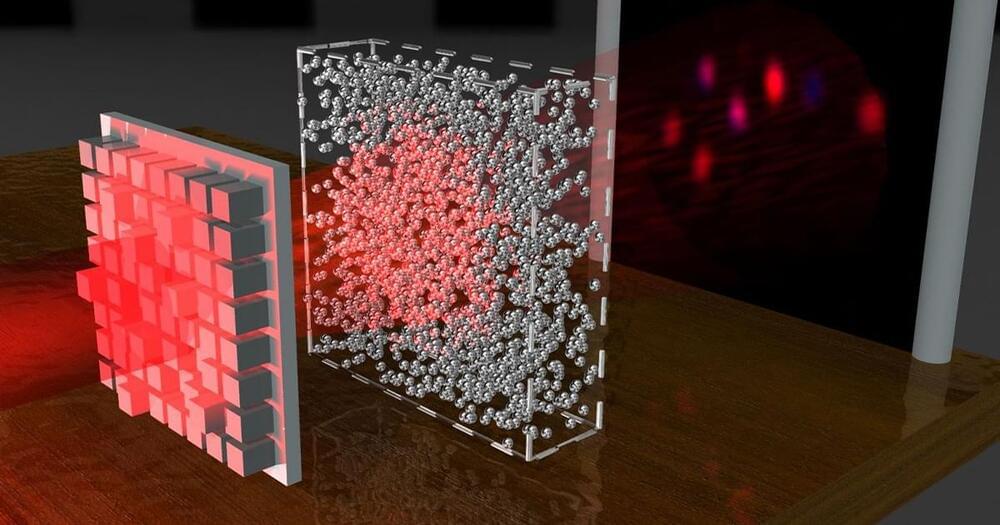The mechanism behind leopard spots and zebra stripes also appears to explain the patterned growth of a bismuth crystal, extending Alan Turing’s 1,952 idea to the atomic scale.



Effective COVID-19 vaccines arrived in record time. That success story, years in the making, offers lessons that could help prevent future outbreaks, including pandemic influenza.
This article was produced for Sabin Vaccine Institute by Scientific American Custom Media, a division separate from the magazine’s board of editors.
This video was made in collaboration with Academy of Ideas. They create videos explaining the ideas of history’s great thinkers in order to help supply the world with more knowledge, to empower the individual, and to promote freedom. Please check out their youtube channel for more brilliant content. https://www.youtube.com/c/academyofideas or visit their website to learn more https://academyofideas.com/
In this video we are going to explore the most dangerous of all psychic epidemics, the mass psychosis. A mass psychosis is an epidemic of madness and it occurs when a large portion of a society loses touch with reality and descends into delusions. Such a phenomenon is not a thing of fiction. Two examples of mass psychoses are the American and European witch hunts 16th and 17th centuries and the rise of totalitarianism in the 20th century.
This video will aim to answer questions surrounding mass psychosis: What is it? How does is start? Has it happened before? Are we experiencing one right now? And if so, how can the stages of a mass psychosis be reversed?
This video took a tremendous amount of work. It truly is a labor of love and if you appreciate this video and want to help support the creation of more videos, please consider supporting After Skool on Patreon — https://www.patreon.com/AfterSkool.
Get the After Skool Kid’s Book — Why Don’t Country Flags Use The Color Purple? https://www.amazon.com/Dont-Country-Flags-Color-Purple/dp/05…atfound-20
Get in touch via https://www.afterskool.net/

Summary: Brain connectivity at birth may impact emotional processing and social development later in childhood, especially in children born preterm. Researchers found children born preterm with a weaker uncinate fasciculus, the white-matter tract that connects brain regions associated with emotional processing, were more likely to interpret situations in a negative light.
Source: SfN
The strength of brain connections at birth may predict the future emotional and social development of babies born prematurely, according to new research published in eNeuro.


Papers referenced in the video:
Association of Plasma Concentration of Vitamin B12 With All-Cause Mortality in the General Population in the Netherlands.
https://pubmed.ncbi.nlm.nih.gov/31940038/
Relationship between serum B12 concentrations and mortality: experience in NHANES
https://pubmed.ncbi.nlm.nih.gov/33032595/



torre faro by ACPV will connect milan’s historic center and periphery by reviving a north-south axis that runs from the city center through via crema and piazza trento all the way to ACPV’s symbiosis business district, located just across the disused railway yard. ‘the a2a headquarters project creates a new vertical village for the firm’s operations. it is designed for people to enjoy working in the company of their colleagues and to encourage spontaneous professional and personal interactions,’ says antonio citterio, architect and co-founder of ACPV.
the new tower can accommodate 1,500 people in spaces that are flexible, open, and are complemented by a green courtyard shared with the museum of energy – located inside the existing buildings that will be revitalized with the project. vertically, the tower is centrally divided into two sets of office floors framed by the spacious entrance hall on the first floor, the sky garden in the middle, and the belvedere on top. the architecture of the building addresses future professional needs by integrating flexible spaces – including co-working lounges and informal meeting rooms – that can be reconfigured for multiple uses.